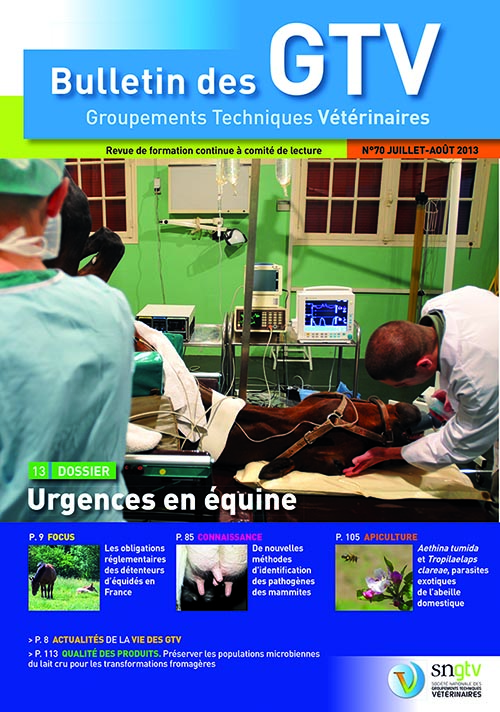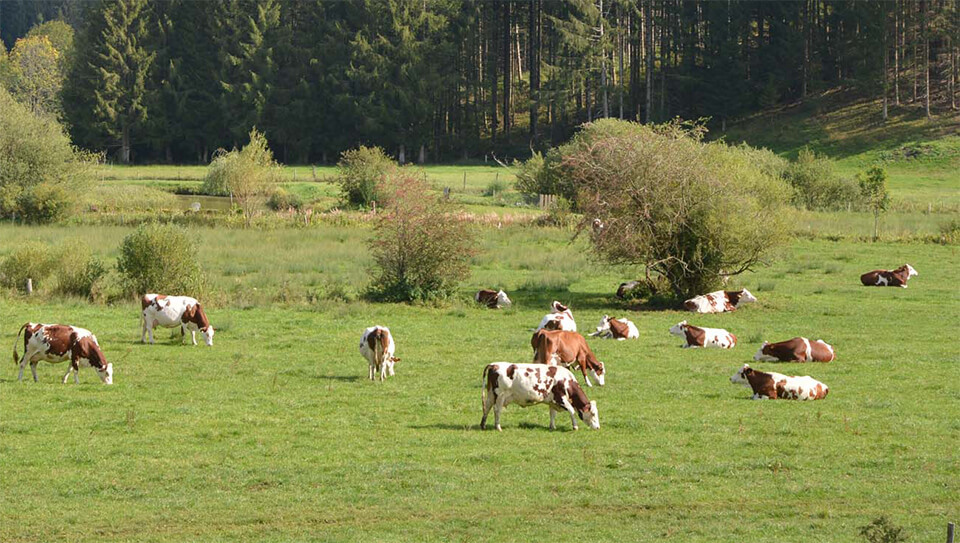Cas d’inefficacité de l’éprinomectine pour-on dans un élevage caprin

Auteurs
Résumé
Dans un troupeau caprin conduit au pâturage, quelques chèvres ont présenté durant l’hiver 2009-2010 un amaigrissement accompagné de diarrhées, suivies de mortalité. Un traitement à l’éprinomectine a été réalisé à la rentrée à l’étable. À la mise à l’herbe suivante, en mars 2010, de fortes infestations parasitaires ont été constatées par coproscopie sur trois chèvres particulièrement atteintes. Le calcul de ration met en évidence un déficit énergétique et azoté, qui est corrigé. Les tests de réduction d’excrétion coproscopique post-traitement (FECRT) menés en conditions naturelles font suspecter une résistance à l’éprinomectine (avermectines), mais celle-ci n’est pas confirmée en conditions expérimentales (FECRT après infestation expérimentale). Les hypothèses permettant d’expliquer cette inefficacité sont discutées. En 2011, le troupeau a été maintenu en stabulation permanente, ce qui a permis de maîtriser le parasitisme et de préparer les saisons de pâturage futures.
Abstract
When a herd of grazing goats was housed for the winter of 2009/10 some of them were emaciated, they had diarrhoea and they died. At housing the animals had been treated with ‘pouron’ eprinomectin. When the animals were put-out to grass the following March 2010, high levels of parasitic infestation were observed by coproscopy in three goats which were particularly affected. The goats’ diet was calculated and it was deficit in energy and protein. These problems were corrected. The results of a Faecal Egg Count Reduction Test (FECRT), performed under natural conditions, suggested resistance to eprinomectin (avermectins). However, this was not confirmed under experimental conditions (FECRT after experimental infestation). The hypotheses which could explain the situation are discussed. In 2011, the herd was kept permanently indoors, which allowed the parasitism to be controlled and to prepare for the future grazing seasons.
D'autres articles
JNGTV 2012 Page 671
Toutes espèces · Aucun thème


